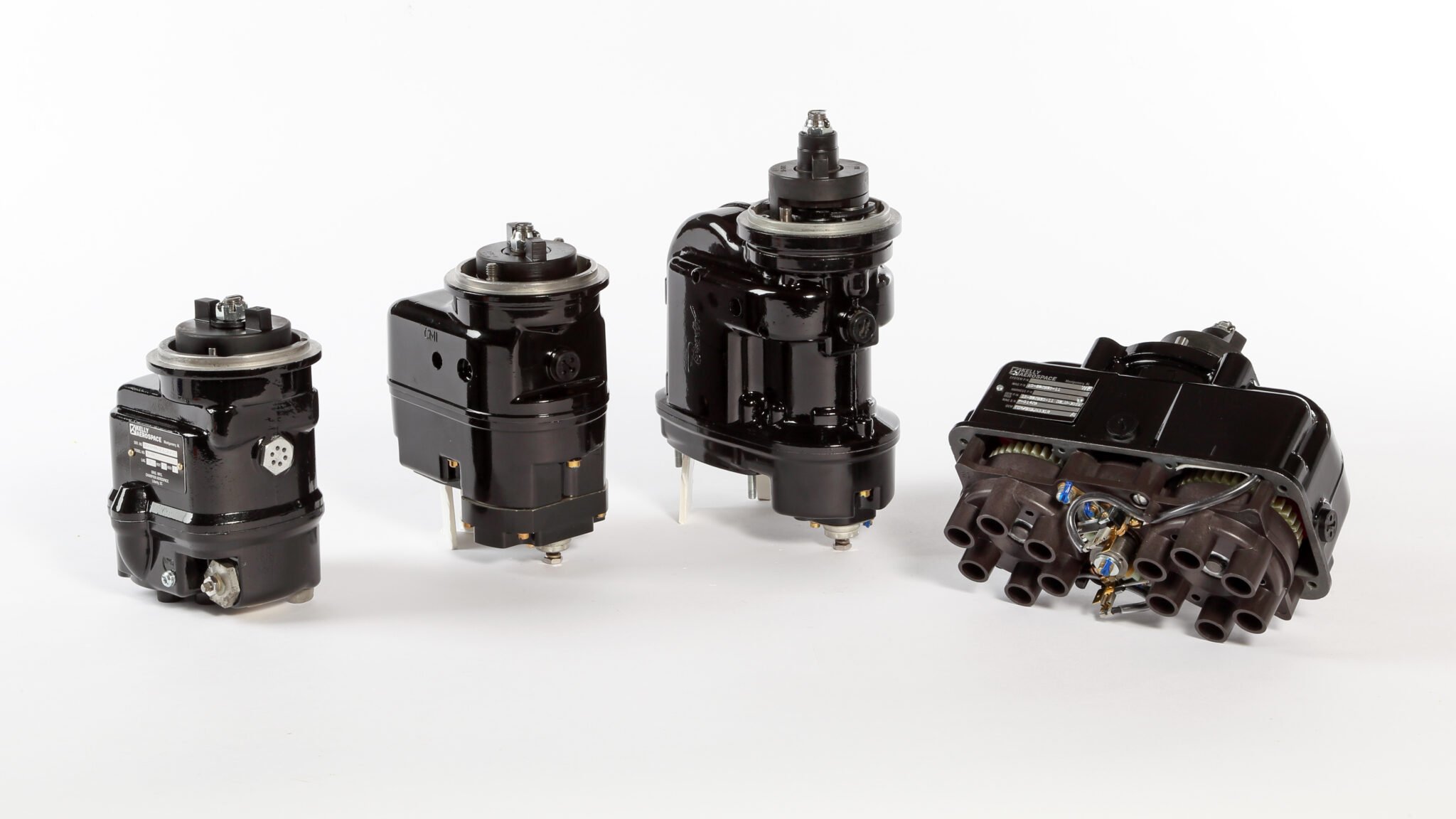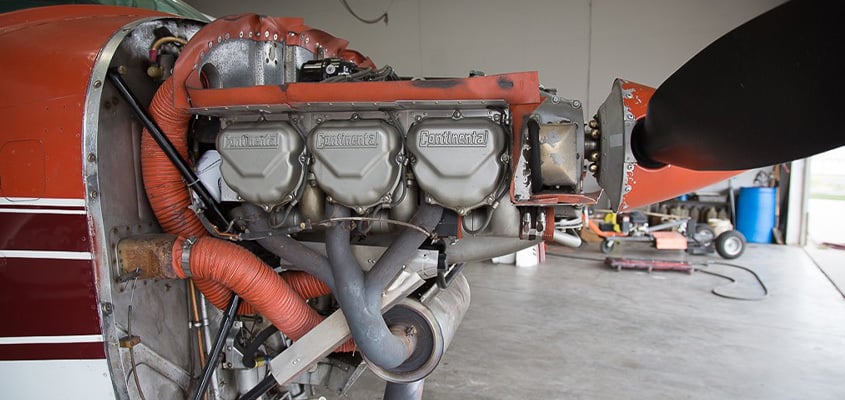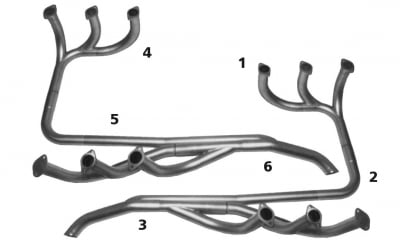How to Fix Overheated Aircraft Starters
Aircraft Starters: Unveiling the Power and Consequences of Overheating
Aircraft starters are the unsung heroes of aviation, boasting incredible power in their compact design. However, when guidelines for their operation are disregarded, frustration and the need for a new aircraft starter can quickly follow.
In this exploration, we’ll venture into the inner workings of aircraft starters and the dire outcomes of a starter overheating, emphasizing the importance of adhering to duty cycle guidelines.
The Power Within the Aircraft Starter
An aircraft starter, or starters in general, are the muscle behind your ignition system. The electric aircraft starter motor possesses the remarkable ability to spin at incredible speeds, a feat that can ignite much larger piston engines. It’s almost like a tiny David taking on a colossal Goliath, a testament to their engineering brilliance.
Handle with Resistance: Identifying the Commutator Bar & Aircraft Starter
Here’s the kicker: starters are not meant for a free spin. If you run an aircraft starter with no engine engagement, it’s on a collision course with self-destruction. Starters thrive when they encounter resistance, and that’s an essential part of their design.
How Does an Aircraft Starter Operate?
To understand why duty cycles are crucial, let’s peek into how an aircraft starter operates.
- They work their magic by spinning 180-degree brushes on a circular series of commutator starter bars.
- This spin completes an electrical circuit, creating a magnetic field within the armature windings and commutator bar.
- It’s a beautifully choreographed performance that gets your engine humming.
Overheated Starter: The Villain
Now, let’s talk about what happens when duty cycles are ignored – that’s when a starter overheating becomes the villain of the story. As aircraft starters flex their muscles, they generate a significant amount of heat in their armature windings and throughout the commutator starter. When they’re pushed beyond their limits, the starter motor is overheating, and this excess heat becomes a problem.
What are the Consequences of an Aircraft Starter Overheating?
- Starter armature problems: Excessive operation without adequate cooling causes the armature to overheat and burn.
- Overheated Starter: Heat travels through the windings, reaching the soldered connections.
- Starter Motor Overheating: The soldered points, unable to withstand the heat onslaught, melt.
- Result? A short circuit within the aircraft starter, and in severe cases, the armature windings fuse together.
The outcome of an overheated starter is frustration, potential damage, and the need to purchase a new starter.
The Importance of the Duty Cycle
If you ever find yourself struggling to start your aircraft, remember the duty cycle. Don’t rush into starting attempts without considering the limits of your starter. It’s better to spend some extra time troubleshooting and addressing issues properly than exacerbating the problem.
Understanding Your Aircraft Starter’s Duty Cycle with Hartzell Engine Tech
Our aviation partners at Hartzell Engine Tech have an informational series regarding their products. The first entry in the series is a video entitled “Understanding Your Aircraft Starter’s Duty Cycle”.
The video is a little over three minutes long and provides information of the duty cycle of different aircraft starters. The information provided is great and should be used by all pilots.
However, if you are like me you would like to know what is happening in the starter when these guidelines are not followed. The results of an aircraft starter motor overheating will definitely lead to frustration and the purchase of a new starter.
Find Aircraft Solutions to Overheated Starters with QAA
Aircraft starters are engineering marvels, but they have their vulnerabilities, particularly when it comes to overheating. By adhering to duty cycle guidelines and handling your aircraft starter with care, you can harness their power without the frustration of unexpected failures.
If you are ever having issues starting, try to remember your duty cycle and commutator bar as you continue to try to get the engine to fire. If you need support, contact us to troubleshoot your system. It is better to spend some extra time to have the issue corrected properly than to be hasty and compound the problem.


